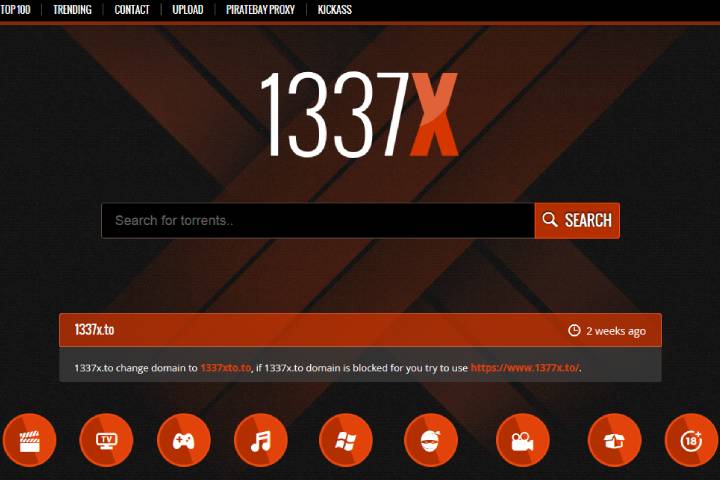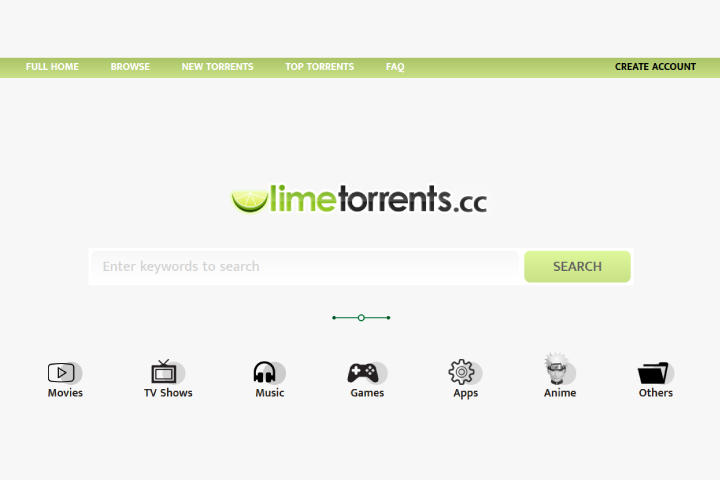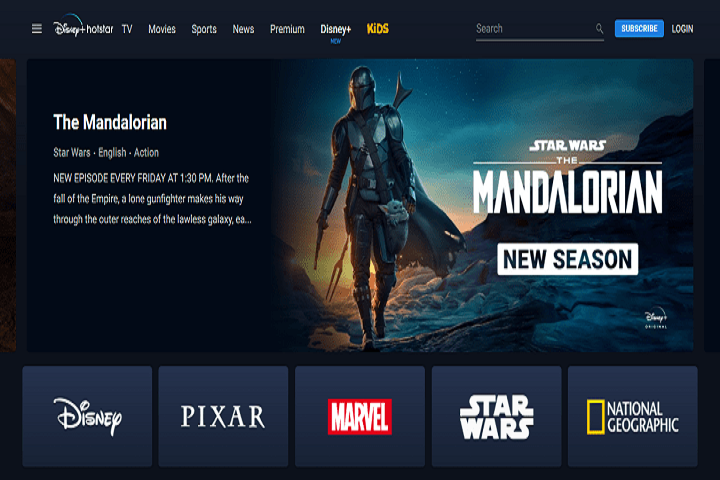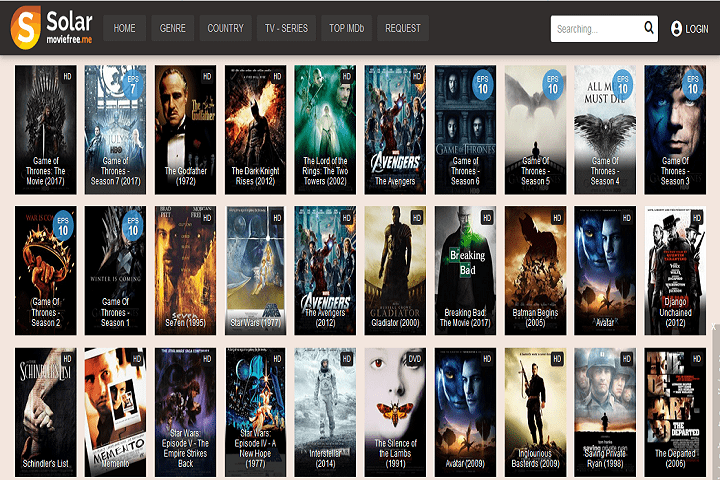Business
5 Resourceful Ways to Use Mobile Form Apps for Businesses
5 Resourceful Ways to Use Mobile Form Apps for Businesses. Efficient Supply Chain Management, Updated Information on Fleet, Easy Reporting

Mobiles and all other electronic devices prove to be essential for day-to-day business operations. These gadgets help you use forms and management apps that help decrease miscommunications and mistakes in tasks in several ways. They provide several benefits, including eradicating the use of paper and creating efficiency all over.
Employees can use mobile forms on different jobs and sites to input information and convey data in real-time. For this reason, introducing a forms app for your employees on and offsite can be advantageous and have the following uses:
Table of Contents
1. Efficient Supply Chain Management
With the influence of the pandemic, online shopping has ignited and is in great demand. Supply chain management can be hectic when orders are being pulled out and delivered every minute, and tracking the invoices becomes hard.
A system for real-time data input as a product moves from dispatch through delivery can help ease the process for managers. It helps to match the data provided by different workers offsite to the data recorded in the warehouses and keep the correct one to use and analyze later.
The data incurred is more accurate and can be administered speedily with results that can ignite the supply chain system and make it more competitive.
2. Updated Information on Fleet

Sending out fleets of products and goods to be used in a project or transportation services means that you need to be on top of all their moving. Managing an extensive fleet can be challenging if you can’t pinpoint your fleet’s locations and know whether the tasks are being handled timely or not.
Using paper forms to provide your drivers with inputting important data like attendance, delivery time, route taken, etc., can cause delays and inaccurate information stored.
This issue can be resolved with mobile forms, and more precise and timely data can be procured. In addition, real-time location can be grouped with gaps information and quick data fulfillment with records.
Forms prepared for fleet management can be used for other essential tasks like vehicle inspection, transportation quality, required repairs, etc. This information can make for quicker repairs and other measures taken timely to avoid father costs or mishaps.
3. Easy Reporting
Mobile forms can streamline daily reporting and update with instant form filling and quick processes. When employees are working outside of the facility and need to report something immediately, they can easily do it by sending mobile forms. Information can be provided timely and accurately to the correct department and manager to process it.
In-house managers and employees can understand the depths of a job and its timeline for completion. With the recurring information from the site, they can easily give out more help or data as the need arises to help the site workers.
Moreover, with the digital and same form for sending in the information, maintaining it and making records becomes easier than collecting data from different states.
4. Accumulate Billing
Perhaps the best use of mobile forms is igniting the billing process for all kinds of purchases and offsite costs and creating invoices for customers.
This process is made more accessible using forms apps by offsite workers for sending inaccurate time information regarding site requirements for materials and tools.
Instead of keeping the customers waiting to issue them their invoices and delay the company process by informing the purchases at the end of the day, using mobile forms to report faster makes things more efficient.
Customers can make payments faster, and the office can move on to the next task and make more profits in a shorter time.
5. Remote Jobs Supervision
Most companies have to deal with employees working in remote locations and offsite, and almost all face communication issues. This can cause unproductive jobs done, and insufficient information relayed to the company headquarters.
But with the use of the offline form filling feature of mobile forms, it becomes easier for employees to report fresh critical details as it appears and as its nature is. This can help the in-house department make adjustments and streamline their processes in line with the outside teams.
Companies can resourcefully use mobile forms to create lists and fill-in forms for workers to fill as they are dispatched or enter a new area for work.
Once they are done at one location, employees can be notified of the following job with a form including information and nature of the job and customers’ service. These forms can help the complete workers’ assignments faster and relay information as they apprehend it.
-

 Instagram4 years ago
Instagram4 years agoBuy IG likes and buy organic Instagram followers: where to buy them and how?
-

 Instagram4 years ago
Instagram4 years ago100% Genuine Instagram Followers & Likes with Guaranteed Tool
-

 Business5 years ago
Business5 years ago7 Must Have Digital Marketing Tools For Your Small Businesses
-

 Instagram4 years ago
Instagram4 years agoInstagram Followers And Likes – Online Social Media Platform















